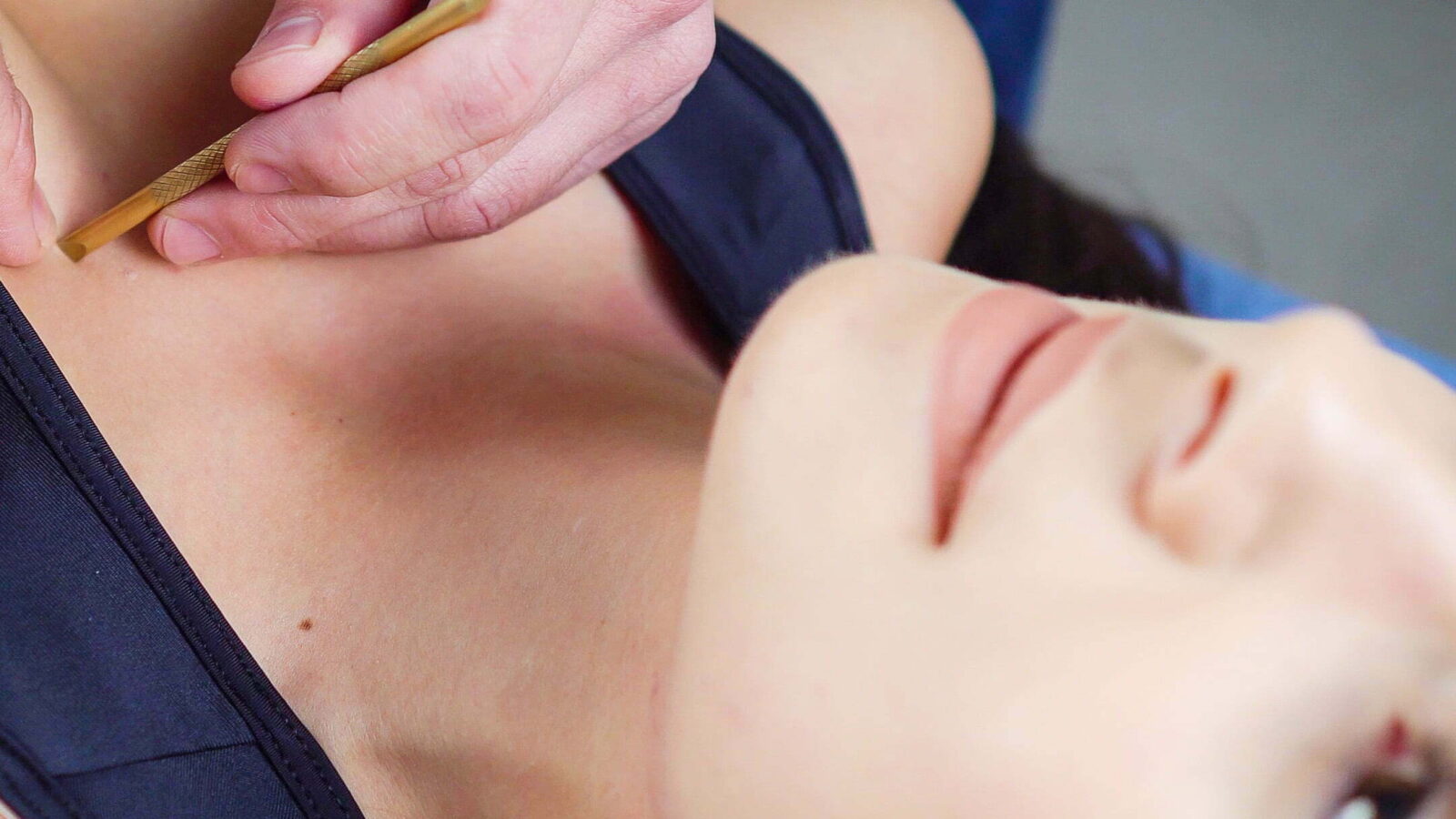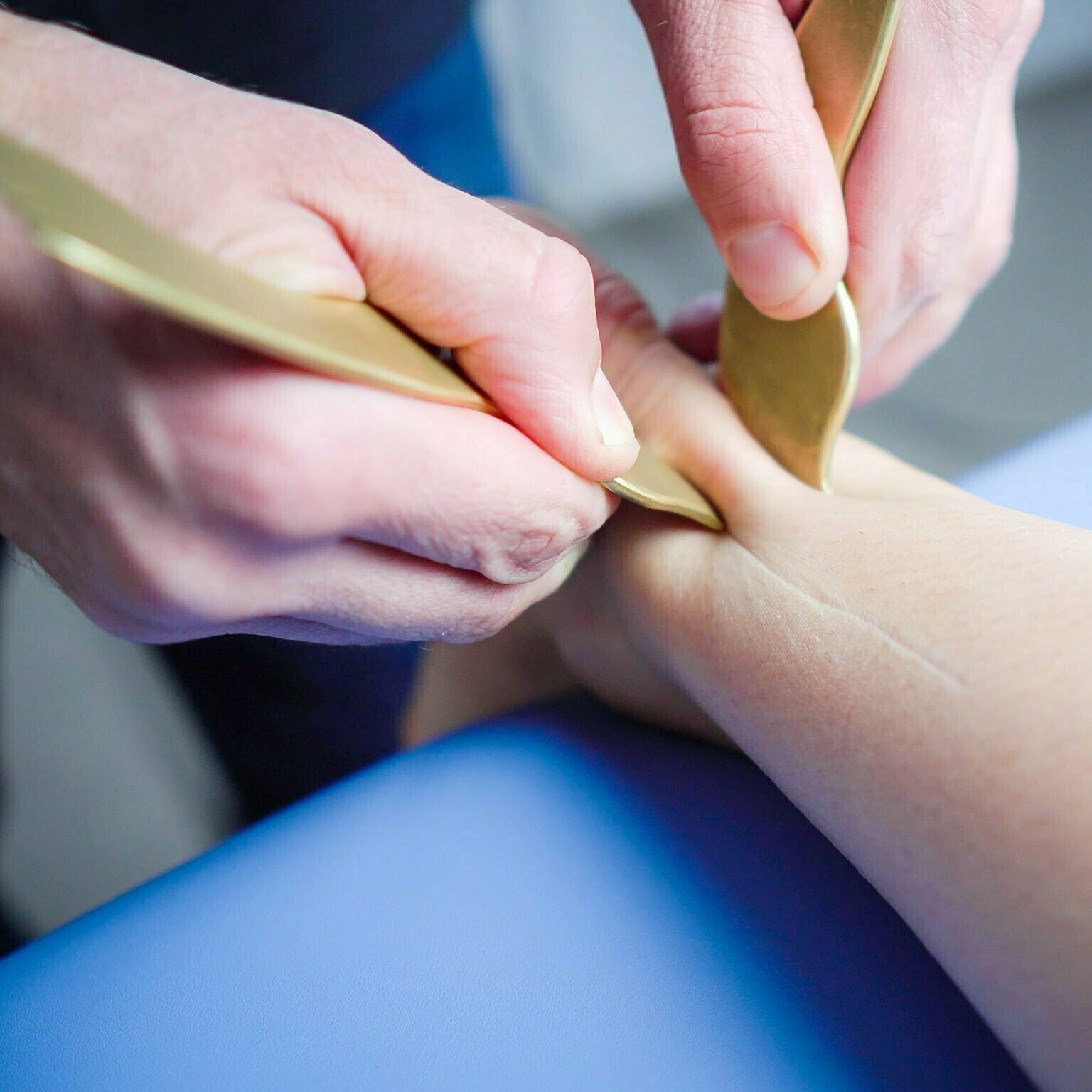The fourth Regulatory System occupies a special place in FRSc, as it was developed by Radosław Składowski as the first of all five. Its essence are movement patterns, extrapyramidal system and synkinetic chains.
Hard questions
While discovering the world of synkinetic chains Składowski repeatedly asked and still asks these questions: how is it that a person is able to maintain an upright posture without stretching the muscles to the limit? On the basis of what mechanism does a child learning to walk have a wobbly step with a wide base, and over time it acquires smooth and confident movements? What then changes in his body? Why does science so precisely describe and analyze the biomechanics of human gait, and yet no healthy person performs this analysis while walking? Of course, these questions can be multiplied indefinitely.
Extrapyramidal system and synkinetic chains
In response to these and many other questions, the creator of FRSc made observations that finally resulted in the arrangement of mutual muscular relationships embedded in archetypal movements, i.e. walking, running, standing, biting, sucking, bending or gesticulating. Sequences of muscles activated with the right force and at the right time allowing for smooth movement are called synkinetic chains.
The reflexivity and unconditionality of synkinetic chains have their source in the extrapyramidal system, which is responsible for ensuring that these activities remain automatic, and that the activation of individual muscle groups occurs at the right time and in flawless synchronization.
Synkinetic chains - Synkinetic disorders
In order for the extrapyramidal system to properly "manage" motor skills, it needs nerve information flowing from all areas of the body. The parameters are the location of the body in space or its speed. Certain pathologies described by Składowski as disorders of the intra-articular discs or the positioning of the spinal vertebrae in relation to each other can distort the afferent nervous stimulus going directly to the centers of the extrapyramidal system. This leads to a disorder of a given movement pattern as a result it leads to various muscle compensations, limitations in the range of motion and pain.
These problems often affect physically active people, whose motor skills are at an exceptionally high level, and body awareness is very high. Examples include acrobats, dancers or representatives of martial arts, i.e. tai chi or kung fu.
C2? Th9? Sacrum?
In search of solutions to his patients' problems, Składowski, combining his observations with the knowledge of other specialists dealing with the human body globally, developed detailed systems of muscular and joint relationships that regulate the work of disturbed synkinetic chains. The range of techniques by the author of FRSc includes, above all, mobilizations, osteoarticular manipulations of specific peripheral joints or spinal segments as the 3 most important, recognizing the second cervical vertebra and the ninth thoracic vertebra and the sacrum.
Host and guests
As Skladowski often emphasizes, synkinetic chains often play a superior role in relation to other Regulatory Systems and secondary pathologies of other Regulatory Systems usually derive from their pathologies. In illustrating this phenomenon, the author of FRSc uses the metaphor of "host and guests", in which synkinetic chains and their disturbances play the role of a host, successively inviting dysfunctions attributed to other Regulatory Systems. From a diagnostic point of view, this is very important information, which obliges the therapist to pay attention to the problem very comprehensively by analyzing the entire chain, and not only the local dysfunction.

Krzysztof Skibiński
Physiotherapist, conducting training in Pinotherapy and Manual Medicine according to FRSc. Apart from leading courses alongside the FRSc founder, he is also involved in coordinating research and scientific projects within the EBM stream. Read more...





